|
|
Post by tusses on Jun 9, 2008 21:59:44 GMT
1st one is from an old edwarian wardrobe. ( I like to rescue any wood I can) 1 st pic planed - 2nd pic with a wipe of white spirits 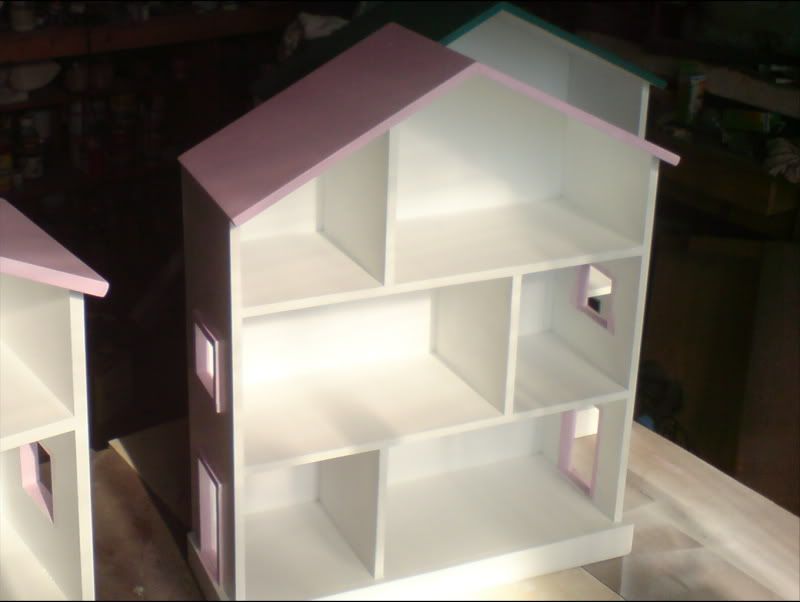 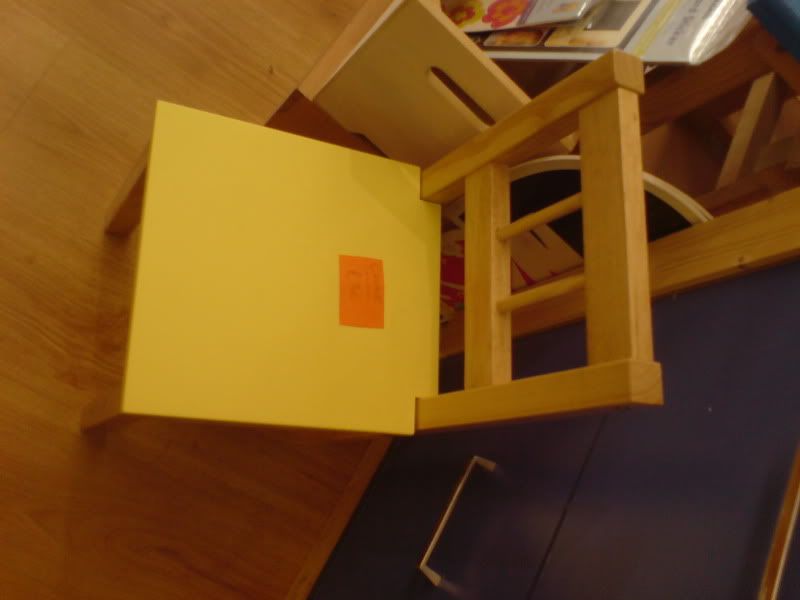 ok - this second one is oak - again rescued from old furniture. In this case circa 1920 on the big peice is new French oak as a comparison. the 'pink' peice is what I want ID'ing - or an explanation as to why it is pink ! ? While we are on it - what does English brown oak look like ? 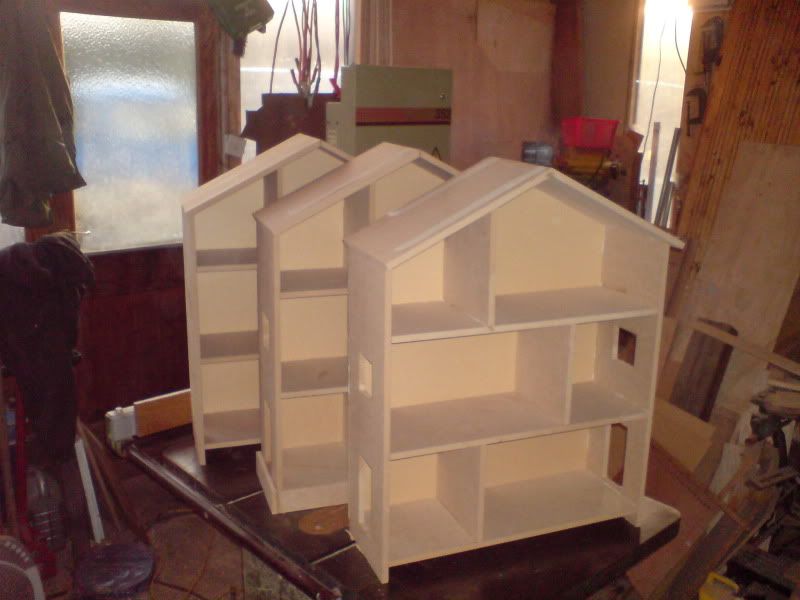  |
|
|
|
Post by modernist on Jun 9, 2008 22:27:12 GMT
1st one looks like Canary Whitewood, can't help on the second
Brian
|
|
|
|
Post by ''The village idiot'' on Jun 9, 2008 22:28:12 GMT
The French Oak if that is what it is quarter cut or quarter sawn. The pink colour timber could be American red oak (which IMO is crape) The first timber don’t know |
|
|
|
Post by tusses on Jun 9, 2008 22:35:37 GMT
never heard of canary white !  I'll give it a google - Ta the french is quater sawn - my fave , I like to pick a center plank every time I'm at the timber yard. I wondered about american red - but I dont know the history of wood species used in the country in the early 1900's |
|
|
|
Post by tusses on Jun 9, 2008 22:43:24 GMT
never heard of canary white !  I'll give it a google - Ta found it - american yellow poplar makes sense - thanks |
|
|
|
Post by jfc on Jun 9, 2008 22:47:57 GMT
I would say the pink one is red oak , basic carcass and finish timber for repro stuff around the 20's and 30's . Does it feel very light ? The one below it is white oak , normally known as american white oak .
|
|
|
|
Post by tusses on Jun 9, 2008 22:53:24 GMT
I didnt realy think about it's weight - but yes , I guess it isn't as heavy as the white stuff.
|
|
|
|
Post by tusses on Jun 9, 2008 22:54:40 GMT
anyone know how I would recognise brown oak , if I happened to come across some ?
EDIT :- I just googled it ... I thought it was rarer than white ? its about the same price !
|
|
|
|
Post by colincott on Jun 10, 2008 10:01:44 GMT
You cant miss brown oak as it is very brown ( sorry if that sounds abit stupid but you will understnad when you see some ) compared to all the others but i think i have some somewhere and will post a pic if I can find it  Also with the second one can we have a closer pic as we cant see much on that one  |
|
|
|
Post by tusses on Jun 10, 2008 11:46:32 GMT
I've used that now ... ;D  next time I plane a bit up, I'll post a pic this is the inside of the 1st wardrobe.  |
|
|
|
Post by colincott on Jun 10, 2008 13:26:23 GMT
I first pic is poplar or tulip you get from a builder yard. It was used a lot for cheap furniture and sometimes stained to look like mahogany or walnut  |
|
|
|
Post by tusses on Jun 10, 2008 18:10:11 GMT
back to the wardrobe. I sanded down the inside panel. some pics dry and wiped with white spirits. Overall the wood goes a golden colour with the distinct stripes of darker wood. further down the panel it gets quite red - but I have my phone plugged into my pc so I cant take a pics of that at the mo. As a scale refernce - the panel is just over 14" wide. . The grain/pores are extreemly tight abd it cuts very cleanly with a chisel. Looking at the pics I thought it might be a veneer - so I went back to double check ! its solid wood. All pics are off my camera phone as I dont have a seperate camera sorry. 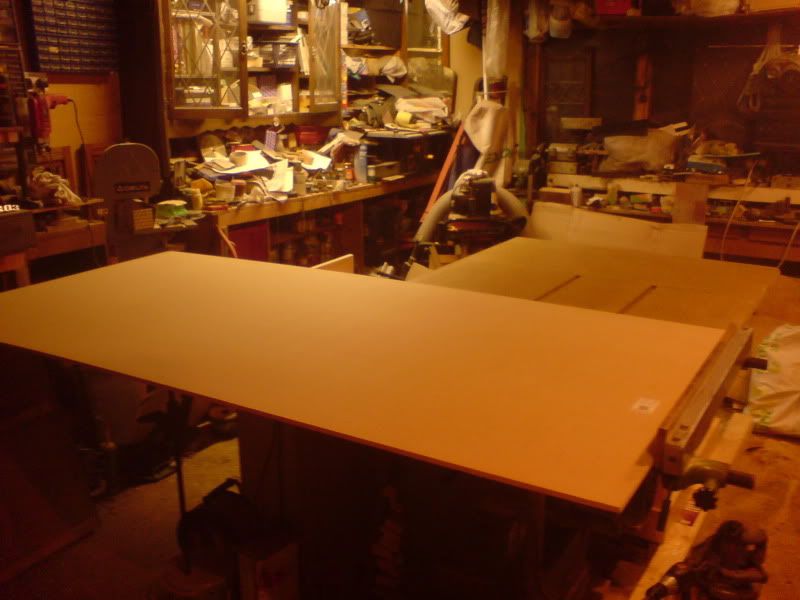 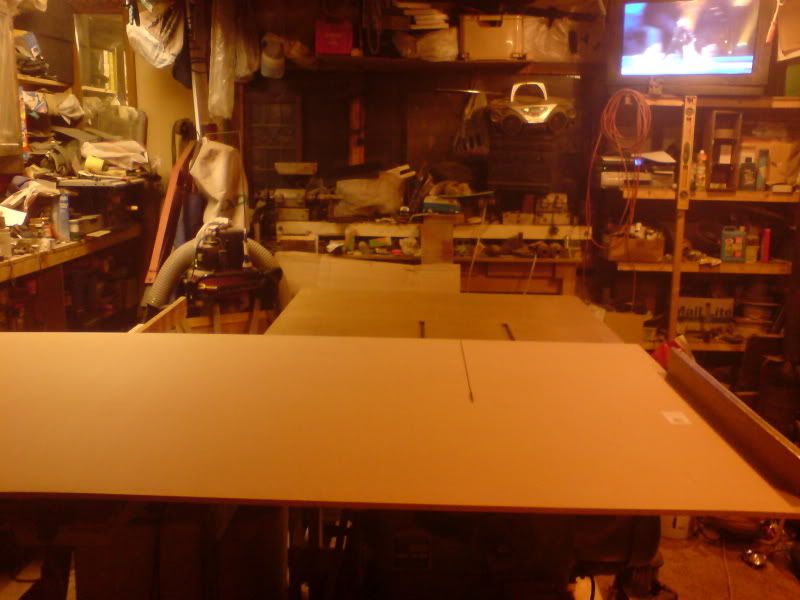 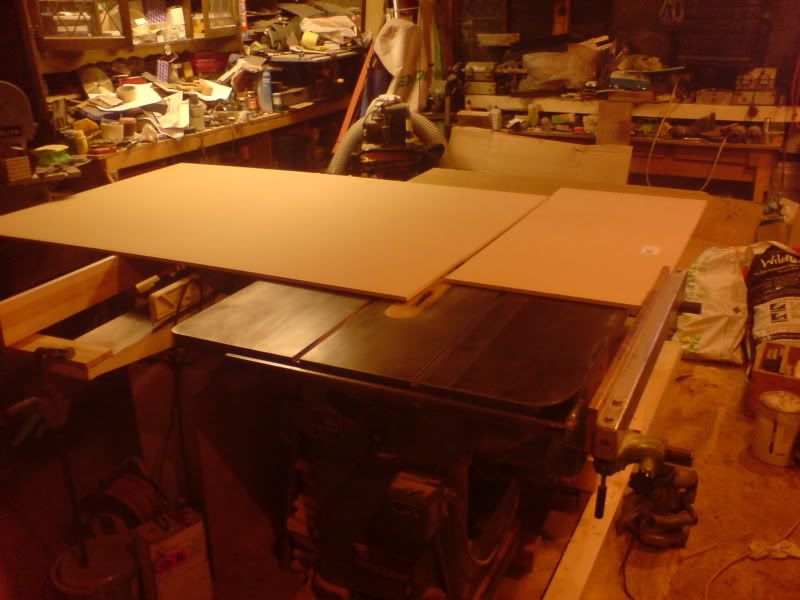 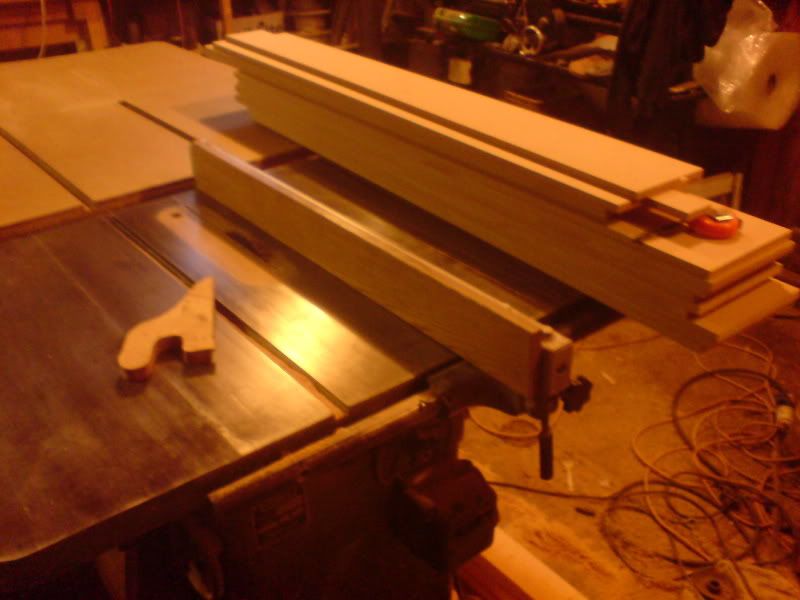 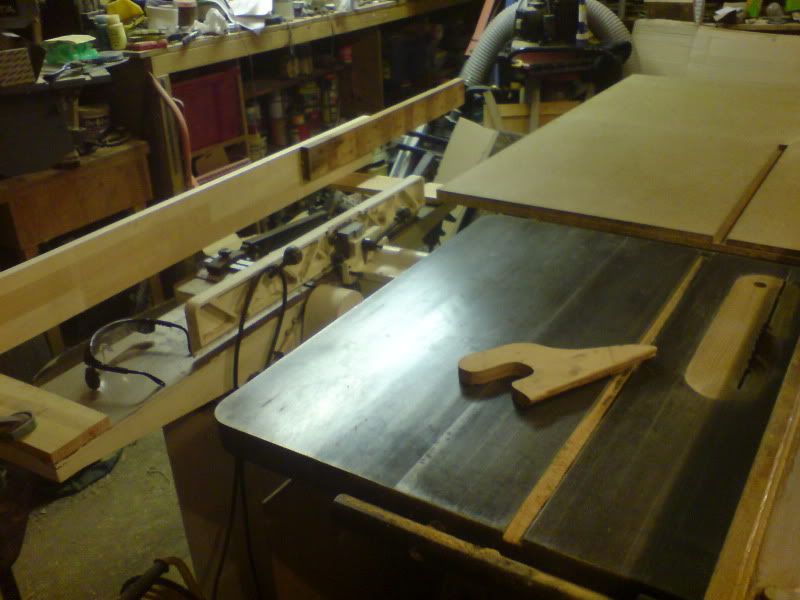  |
|
|
|
Post by jasonb on Jun 10, 2008 18:40:56 GMT
I'd say the wardrobe is parana pine, having ripped out 50m2 of panelling recently i'm 99% sure. Use it wisely it as you cant get PP anymore.
Jason
|
|
|
|
Post by modernist on Jun 10, 2008 18:46:53 GMT
I'd say the wardrobe is parana pine, having ripped out 50m2 of panelling recently i'm 99% sure. Use it wisely it as you cant get PP anymore. Jason I did wonder about parana myself. Very close grained and pares nicely accross the grain. If it is Canary Whitewood it is likely to have green streaks in it. It was used very widely for general stained furniture work and you see a lot sold now as stripped pine! It also pares very nicely with close grain but it is fairly soft. Brian |
|
|
|
Post by tusses on Jun 10, 2008 19:21:11 GMT
ok - I set my colour setting on the cameraphone for indoor lighting, and I gave a quick wipe with danish oil  and closer 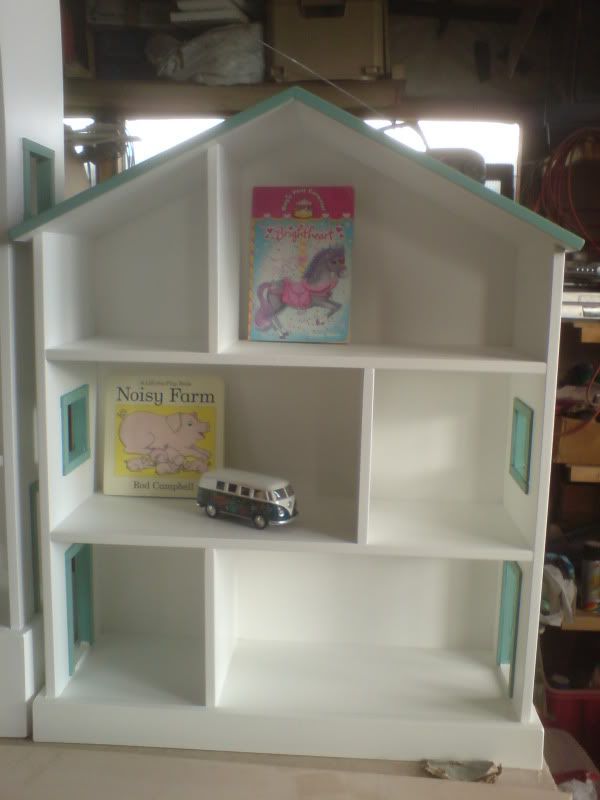 and of a split peice I made up a sample - with and without danish oil   by the way - a couple of 'the other camp' are saying sycamore ? |
|
|
|
Post by tusses on Jun 10, 2008 19:27:22 GMT
parana pine seems to be the most popular guess now.
is it considered a 'fine' wood ?
how do I find out for sure ?
|
|
|
|
Post by jfc on Jun 10, 2008 20:04:39 GMT
Its a stable wood used for stair case strings and the like . I would say yes it is a fine timber . Seems Southern yellow pine has taken over from PP in the timber yards , at least around here it has .
|
|
|
|
Post by modernist on Jun 10, 2008 21:13:25 GMT
It looks too coarse grained for parana to me. I'm sticking with Canary whitewood aka American Poplar. After all this was very widely used for exactly this sort of application, carcassing and stained panels. I don't know how we prove it over the net   Brian |
|
|
|
Post by modernist on Jun 10, 2008 21:50:51 GMT
I've just been talking to my Dad who pointed out that the main difference would be weight and hardness with Parana very much heavier than Canary which is also quite soft. Also he said Parana was not in general use until much later and if it is an old piece it's come from then it may be Canary. Canary Whitewood was widely used in school workshops as it was fairly easy to work and predictable. (In the days when we had school workshops)  Brian |
|
|
|
Post by modernist on Jun 10, 2008 21:53:38 GMT
Having just re-read the thread above if it has red stripes and/or purple then that points more towards Parana. Can someone put me out of my misery  Brian |
|